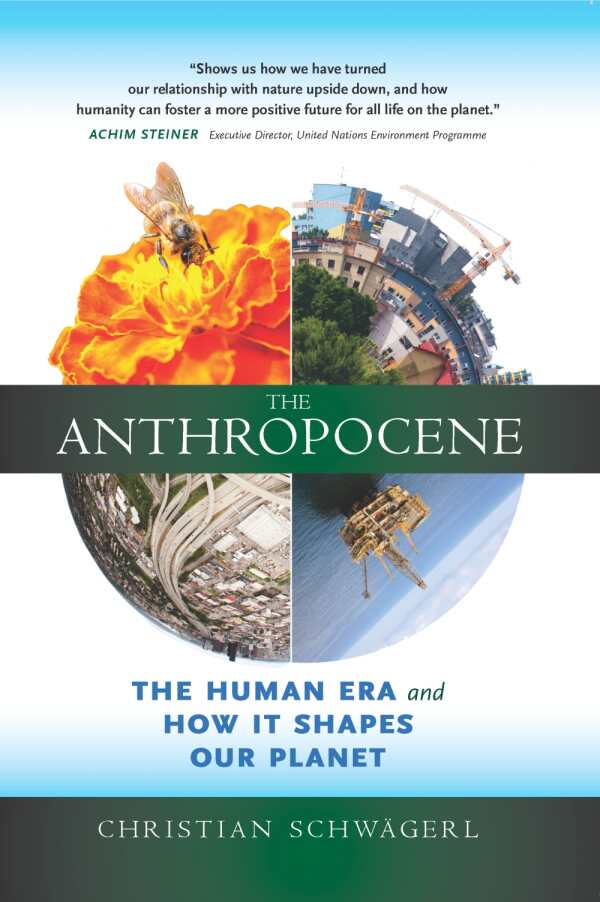The Anthropocene
The Human Era and How It Shapes Our Planet
Woe is Earth. Drilled silly, dumped on, farmed out, fished out, and cloaked in a burka of carbon—who does the planet have to thank for this dire state of affairs? Only its most highly evolved species, of course.
But woe is for whiners. As an enterprising species, we owe the planet a sense of optimism, accompanied by some promising solutions.
Enter Christian Schwägerl’s The Anthropocene: The Human Era and How It Shapes Our Planet, in which he justifies use of the term “Anthropocene” to designate a new human geological era based on the changes we’ve caused and our vital role as planetary stewards. Schwägerl and others (Nobel Prize winner Paul Crutzen, for instance) are championing the relationship between humans and nature as a revolutionary science-driven force. “By being geological,” he writes, “the Anthropocene opens a doorway between supposedly dead matter and living matter. It tells us that humanity and the technosphere it has produced are now participating in the largest and most long-term of planetary cycles, with conscious thought thrown in!”
Some of those areas where humans might positively integrate into the workings of the planet include cultivated life forms, human-induced biodiversity where needed, and smarter, more sustainable city planning.
Reviewed by
Matt Sutherland
Disclosure: This article is not an endorsement, but a review. The publisher of this book provided free copies of the book to have their book reviewed by a professional reviewer. No fee was paid by the publisher for this review. Foreword Reviews only recommends books that we love. Foreword Magazine, Inc. is disclosing this in accordance with the Federal Trade Commission’s 16 CFR, Part 255.

